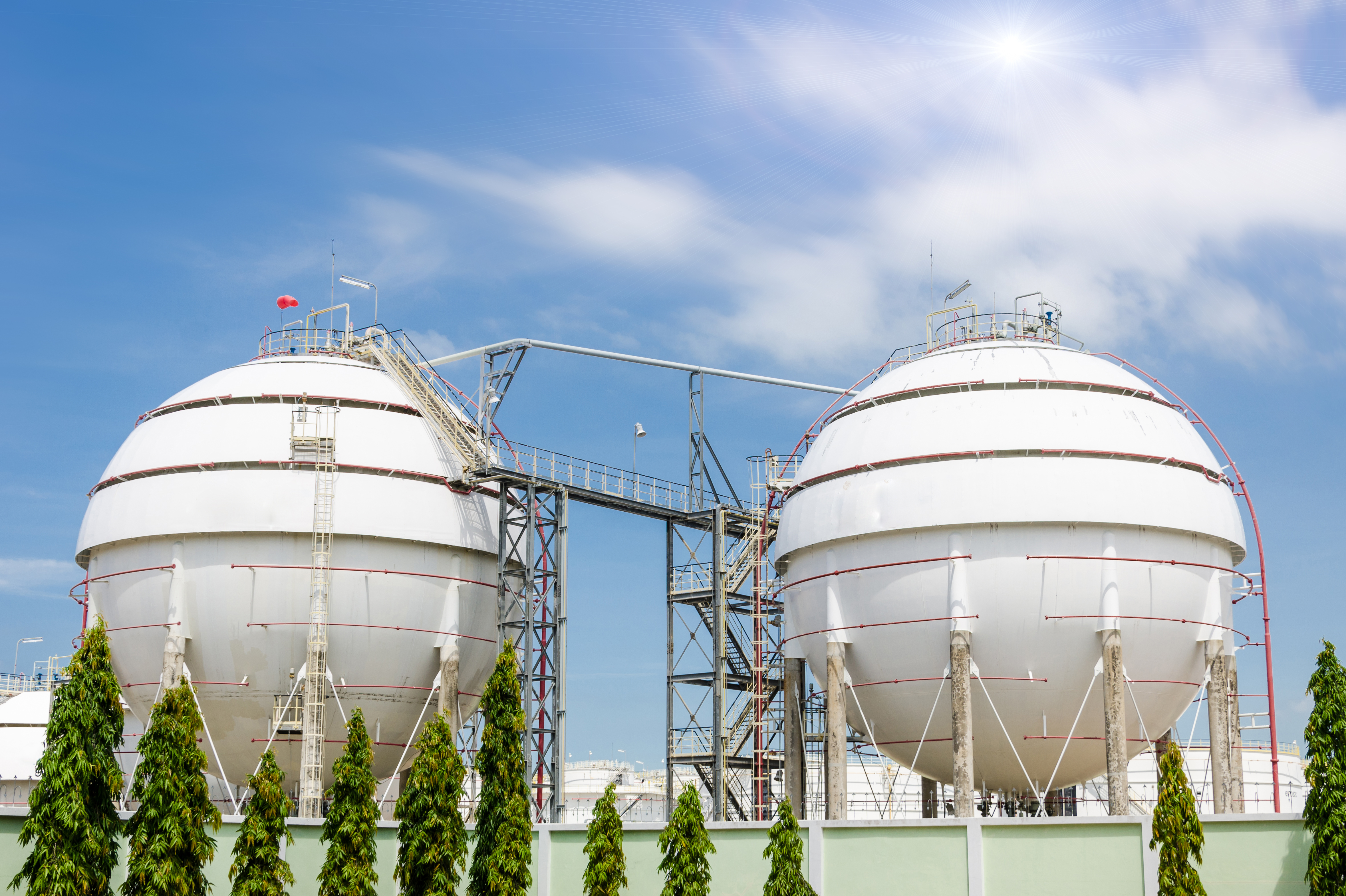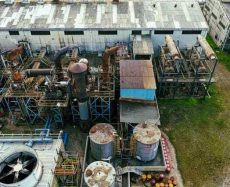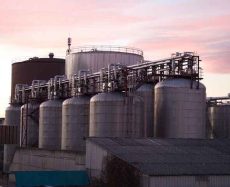
- admin
- May 17, 2019
Understanding Natural Gas & List of Natural Gas Storage Facilities
The demand for different sources of energies is always on the rise to fuel not just the technological advancement but the simple day-to-day living of humans.
With the world running on a host natural and artificial energy, there is always growing interest in them.
One of the most common talked about energy sources is natural gas that is mined and processed before final consumption.
Very often this natural gas is stored in large facilities before final consumption. In this blog we shall explain the basics about this gas and its storage.
What is natural gas?
Natural gas is natural fossil energy that is formed and trapped deep beneath the surface of the earth.
This gas is made up of several gases that occur freely and naturally in the atmosphere.
These are methane, carbon dioxide, nitrogen and other of which methane forms the largest composition.
The name natural gas is derived from the fact that this gas was formed naturally over a period of millions of years.
Plant and animal remains on the surface of the earth and ocean floors mixed with earth’s substrates turned into carbon and hydrogen-rich materials like coal, petroleum and natural gas.
Conventional natural gas is found in the cracks and crevices of rock layers and unconventional natural gas is found within the tiny pores of sandstone, shale and other sedimentary rock types.
This is the crude natural gas that is extracted is laced with natural gas liquids (NGL) and thus referred to wet natural gas.
The crude form is sent to processing plants where the NGL is removed and the wet gas sold separately.
The sufficiently dry natural gas is either transported for direct consumption or stored for future use.
Where is natural gas stored?
Natural gas is stored in both underground and above ground facilities. Each of them have different specifications and the storage usually depends on the immediate or future use of the gas.
Underground storage options
Storing of natural gas underground is a common feature. The two primary reasons for natural gas underground are safety and the fact that the gas can be stored at a much higher pressure because of the weight of the soil that keeps it stable.
The high-pressure underground storage also facilitates the passage of the gas through the pipelines when retrieving it for use.
This form of storage is less likely to be disturbed or tampered.
Aboveground storage options
Natural gas is also stored aboveground storage tanks (ABS) in gaseous and liquid forms.
The aboveground storage tanks are fabricated in places that do not have underground caverns.
Having ABS allows for easy access to the storage facilities and can be installed at a fraction of cost of underground taverns.
Apart from stationary ABS, natural gas is also stored temporarily in transportable tanks that are loaded onto train cars or barges for long-distance transportation.
How is natural gas stored and transported?
There are 5 common methods for storing underground natural gas. They are:
• Salt formation or caverns:
In places that have underground salt formation gives the easy storage option of injecting the gas in them withdrawing them as and when required.
• Hard-rock caverns:
Based on the same principles as salt caverns, natural gas is also stored by injecting them in the crevices of natural rocks.
• Depleted aquifers:
Natural aquifers that have an overlay of impermeable cap rock are most suitable for natural gas storage.
• Depleted fields or reservoirs:
A large part, of natural gas is stored underground. These are reserved on existing wells and gathering systems along with pipeline connections.
• Mines:
Injecting the gas in unused mines make them large underground reservoirs that are both safe and easily retrievable at the time of use.
In each of these storage methods, the gas is trapped in non-porous stones and spaces. In case of salt cavers and aquifers, the injected natural gas shares space with salt and water respectively.
The entire system includes a network of pipes, valves and sealing systems to ensure extraction and transportation.
Natural gas is transported through a network of pipelines before which hydrocarbon gas liquids have to be removed from it.
The dry natural gas is then safely transported through the high-pressure pipelines for consumption.
These pipelines can operate Hinshaw, that is, consumption within a state border in areas near the facility, Intrastate or anyplace within the state and Interstate, that is in other states.
Once the gas arrives the destined point of consumption, it flows into pipelines with smaller diameters called the mains and then into further smaller service lines that enter buildings and homes.
- Know about Natural Gas Storage Tanks
- Natural Gas Storage Facilities
Category
- Above Ground Fuel Tanks
- Above Ground Gas Storage Tank
- Above Ground Storage Tanks
- Above Ground Water Storage Tanks
- Agricultural Tanks
- Chemical storage Tanks
- Diesel Fuel Storage Tanks
- Diesel Storage Tanks
- Exernal FloatingRoof Tanks
- Farm Water Tank
- Fiberglass Oil Tanks
- Fiberglass Septic Tanks
- Fiberglass Underground Fuel Storage Tanks
- Field Erected Tanks
- Floating Roof Tank
- Fuel tank
- Industrial Chemical Storage Tanks
- Industrial Gas Tanks
- Industrial Plastic Tanks
- Industrial Storage Tanks
- Industrial Tank heating pads
- industrial tanks
- Natural gas
- Natural gas vs Propane
- oil storage tank
- Oil Storage Tanks
- Peracitic Acid
- Petroleum Tanks
- Residential gasoline storage tanks
- Residential Water Storage Tanks
- Sodium Hydroxide Storage Requirements
- Sodium Hypochlorite Storage Tanks
- Steel Storage Tanks
- storage tank failure prevention
- Storage Tanks
- Sulfuric Acid Tanks
- Uncategorized
- UnderGround Storage Tanks
- Water Storage Tanks

 Tank Size Calculator
Tank Size Calculator






